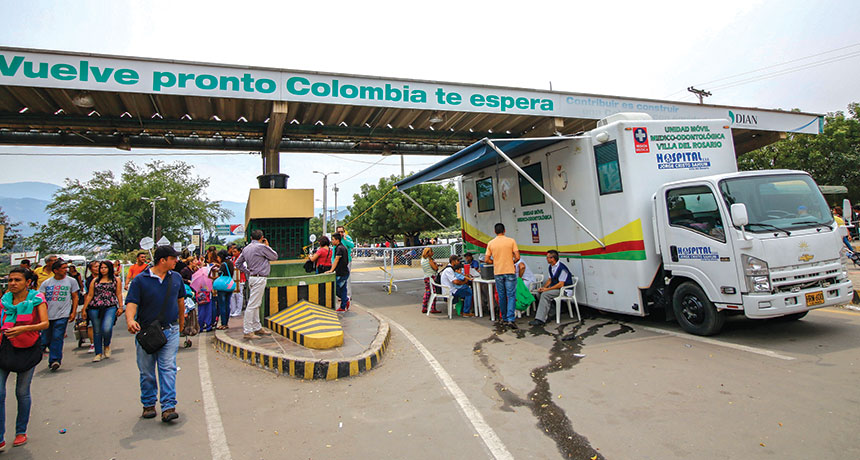How the battle against measles varies around the world
Conflict, inequality and skepticism limit global vaccine coverage

GLOBAL HOT SPOTS As shown here in 2018, Colombia set up border stations to vaccinate Venezuelans who were fleeing unrest at home so that measles wouldn’t spread in Colombia. Snapshots of several countries show how stopping spread of the disease depends on local conditions and beliefs.
SCHNEYDER MENDOZA/getty images